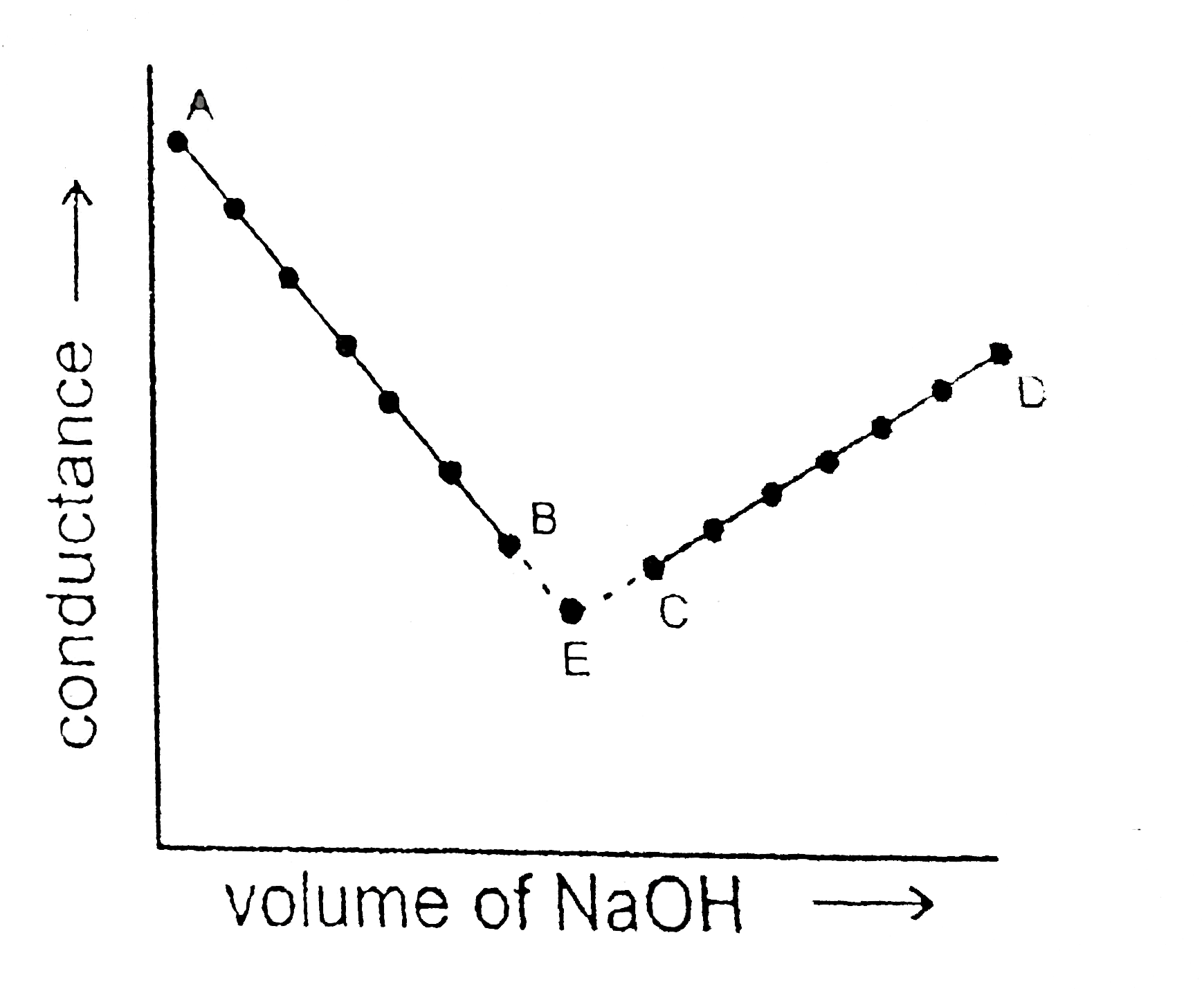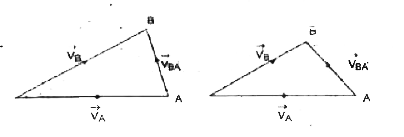In cockroach, the body in spite of being covered by an exoskeleton of strong chitinous cuticle remains flexible due to
Tergites
Stemites
Pleurites
Arthrodial membranes
The correct Answer is:D
Step-by-Step Solution:
1. Understanding the Structure of Cockroach: The cockroach belongs to the phylum Arthropoda and is characterized by its hard exoskeleton made of chitin. This exoskeleton provides protection but can restrict movement if it were entirely rigid.
2. Exoskeleton Composition: The exoskeleton of the cockroach is composed of hardened plates called sclerites. These sclerites are categorized into two main types: tergites (dorsal side) and sternites (ventral side).
3. Flexibility Mechanism: Although the cockroach has a hard exoskeleton, it remains flexible due to the presence of thin, soft, and flexible membranes that connect the adjacent sclerites. These membranes allow for movement and flexibility.
4. Identification of the Membrane: The specific type of membrane that provides this flexibility is known as the arthroidal membrane. This membrane is crucial for the cockroach's ability to move despite the rigidity of the exoskeleton.
5. Conclusion: Therefore, the flexibility of the cockroach's body, despite being covered by a strong chitinous cuticle, is primarily due to the presence of arthroidal membranes.
Final Answer: The body of the cockroach remains flexible due to arthroidal membranes.
---
Topper's Solved these Questions
- STRUCTURAL ORGANISATION IN ANIMALSBOOK - CENGAGE BIOLOGY ENGLISHCHAPTER - STRUCTURAL ORGANISATION IN ANIMALSEXERCISE - ARCHIVES
27 Videos
- RESPIRATION IN PLANTS BOOK - CENGAGE BIOLOGY ENGLISHCHAPTER - RESPIRATION IN PLANTS EXERCISE - ARCHIVES
12 Videos
- THE LIVING WORLDBOOK - CENGAGE BIOLOGY ENGLISHCHAPTER - THE LIVING WORLDEXERCISE - ARCHIVES
24 Videos
Similar Questions
Non chitinous layer of cuticle of the body wall
View SolutionComplete the following paragraph by filling in the blanks (i) to (v) with appropriate words:
(i) __________ make up about 80% of the animal kingdom. Their bodies have a hard, outer covering or exoskeleton made up of a proteinaceous substance called (ii) ________ The body is divided into a (iii) __________ thorax, and (iv) _______ It also bears multiple pairs of jointed legs. Arthropods also have antennae and (v) ________ on their heads.
View Solution
Knowledge Check
Read the following statements regarding euglenoids and select the incorrect ones.
(i) These are mostly freshwater organisms found in stagnant water.
(ii) Their body is covered by a protein rich layer called pellicle which makes their body flexible.
(iii) They are photosynthetic in the presence of sunlight but become heterotrophs in the absence of sunlight.
(iv) They usually prosses tow flagella, one long and one short.
(v) Euglenoids are multicellular ciliate protistsAi and vBiv and vCiii onlyDv only
The head of cockroach is formed by the fusion of six segments and shows and shows great mobility in all directions due to a flexible neck. The neck is a short extension.
View SolutionWhich of the following statement is incorrect for the epidermis?
(1) It is the outermost layer of the primary plant body.
(2) It is often covered by cuticle externally
(3) It is usually multilayered.
(4) It is made up of completely arranged cells.
View SolutionIt is very commonly thought that the sciences and humanities are producing two cultures which are opposed to each other. Science is even accused of not being sympathetic to the well-being of society. All this is due to the debatable use made by some scientists of their discoveries. However, science has now become increasingly aware of its responsibility towards society. Consequently, many scientists are of the opinion that science should be defined in humanistic terms. According, I.I. Rabi defines science as follows :
"Science is an adventure of the whole human race to learn to live in and perhaps to love the universe in which they are. To be a part of it is to understand it, to understand oneself, to begin to feel that there is a capacity within man far beyond that he felt he had, of an infinite extension of human possibilities - not just on the material side..." Rabi proposes that science be taught “with a certain historical understanding, with a certain philosophical understanding, with a social understanding and a human understanding". At the moment, we are dealing with physics and one might well ask if we can define physics also in humanistic terms. Gerald Halton provides us with a relevant definition of physics. According to him :
"Physics is a sequence of related ideas whose pursuit provides one with the cumulative effect of an even higher vantage point and a more encompassing view of the working of nature. Physics is neither an isolated bloodless body of facts and theories with mere vocational usefulness, nor a glorious entertainment restricted to an elite of specalists. Rather students of physics may leave them unprepared for their own time. They can be neither participants nor even intelligent spectators in one of the great adventures”.
It will be no exaggeration if we say that the fate of society is linked to physics as whatever is thought or discovered in physics immediately affects the society. Our intellegence lies in applying physics to solve the pressing problems that the society faces and not to annihilate it.
According to I.I Rabi
View SolutionThe horizontal range of a projectile is R and the maximum height attained by it is H. A strong wind now beings to blow in the direction of horizontal motion of projectile, giving to constant horizontal acceleration equal to g. Under the same conditions of projections , the new range will be (g = acceleration due to gravity)
View SolutionA body moving along a straight line traversed one third of the total distance with a velocity 4m/sec in the first stretch. In the second stretch, the remaining distance is covered with a velocity 2m/sec for some time t0 and with 4m/s for the remaining time. If the average velocity is 3m/sec, find the time for which body moves with velocity 4m/sec in second stretch:
View Solution
Strong acid versus strong base:
The principle of conductometric titrations is based on the fact that during the titration, one of the ions is replaced by the other and invariable these two ions differ in the ionic conductivity with the result that thhe conductivity of the solution varies during the course of the titration. take, for example, the titration between a strong acid, say HCl, and a string base, say NaOH before NaOH is added, the conductance of HCl solution has a high value due to the presence of highly mobile hydrogen ions. As NaOH is added, H+ ions are replaced by relatively slower moving Na+ ions. consequently the conductance of the solution decreases and this continues right upto the equivalence point where the solution contains only NaCl. Beyond the equivalence point, if more of NaOH is added, then the solution contains a excess of the fast moving OH− ions with the result that its conductance is increased ad it condinues to increase as more and more of NaOH is added. If we plot the conductance value versus the amount of NaOH added, we get a curve of the type shown in Fig. The descending portion AB represents the conductances before the equivalence point (solution contains a mixture of acid HCl and the salt NaCl) and the ascending portion CD represents the conductances after the equivalence point (solution contains the salt NaCl and the excess of NaOH). The point E which represent the minium conductance is due to the solution containing only NaCl with no free acid or alkali and thus represents the equivalence point. this point can, however, be obtained by the extrapolation of the lines AB and DC, and therefore, one is not very particular in locating this point expermentally as it is in the case of ordinary acid-base titrations involving the acid-base indicators.
Weak acid versus strong base:
Let us take specific example of acetic acid being titrated against NaOH. Before the addition of alkali, the solution shows poor conductance due to feeble ionization of acetic acid. Initially the addition of alkali causes not only the replacement of H+ by Na+ but also suppresses the dissociation of acetic acid due to the common ion Ac− and thus the conductance of the solution decreases in the beginning. but very soon the conductance start increasing as addition of NaOH neutralizes the undissociated HAc to Na+Ac− thus causing the replacement of non-conducting HAc with Strong-conducting electrolyte Na+Ac−. the increase in conductance continuous right up to the equivalence point. Beyond this point conductance increases more rapidly with the addition of NaOH due to the highly conducting OH− ions, the graph near the equivalence point is curved due to the hydrolysis of the salt NaAc. The actual equivalence point can, as usual, be obtained by the extrapolation method.
In all these graphs it has been assumed that the volume change due addition of solution from burrette is negnigible, hence volume change of the solution in beaker the conductance of which is measured is almost constant throughout the measurement.
Q. The nature of curve obtained for the titration between weak acid versus strong base as described in the above passage will be:
View SolutionThe vector difference between the absolute velocities of two bodies is called their relative velocity. The concept of relative velocity enables us to treat one body as being at rest while the other is in motion with the relative velocity. This jormalism greatly simplifies many problems. If →vAis the absolute velocity of a body A and →–––(B)that of another body B then the relative velocity of A in relation to B is →–––(AD)=→VA−→vB and →vBA=→vB-→vA.
The principle follows here is that the relative velocity of two bodies remains unchaged if the same additional velocity is imparted to both the bodies. A simple way of carrying out this operation is to be represent the velocities in magnitude and direction from a common point. Then the line joining the tips of the vectors represents the relative velocity
Q A train A moves to the east with velocity of 40 km/hr and a train B moves due north with velocity of 30 km/hr. The relative velocity of A w.rt. B is
View Solution
